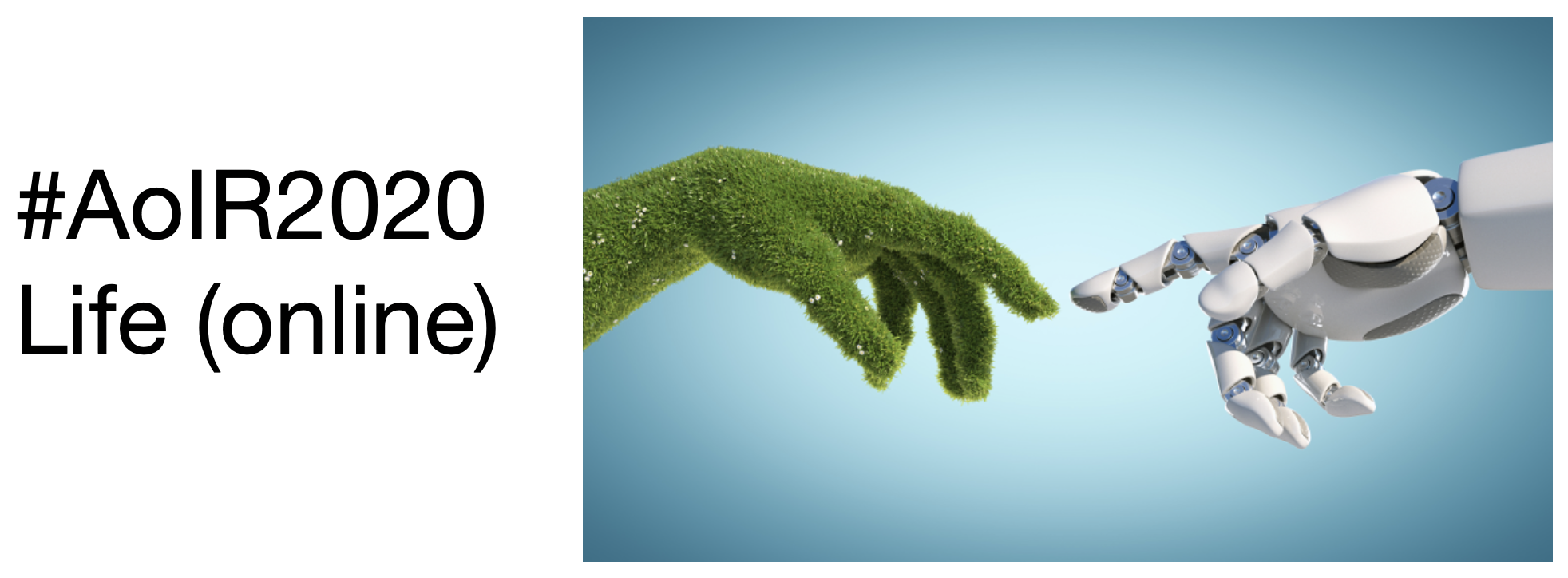'DON'T CREATE AN ONLINE IMAGE THAT YOU CAN'T KEEP UP OUTSIDE': MEDIATING INVISIBLE COMMUNICATIVE DISABILITIES ON SOCIAL NETWORK SITES
DOI:
https://doi.org/10.5210/spir.v2020i0.11173Keywords:
Social Networking Sites, Disability Studies, Digital Inequality, Disability Media StudiesAbstract
The internet theoretically offers a socially inclusive space for disabled users and new forms of visibility vis-à-vis mediated communication. However, the prevalent perception of the internet as an idyllic space that liberates disabled people reflects an ableist mindset, as it views departure from the disabled body as the source of liberation. This paper challenges this perception by investigating how people with invisible disabilities that are clinically related to communication mediate their disabled life experience in Social Networking Sites (SNS). To this end, the study probed, through thematic analysis, 31 in-depth interviews with high-functioning autistics, stutterers and hard of hearing SNS users and 7 SNS documentation use diaries. The analysis identified a gamut of disability performances online, which varied based on one's perception of the disability and its visibility. For example, while some interviewees crafted a complex online persona that presented their disabilities through a nuanced perspective, others felt compelled to ‘pass’ as able-bodied. Many felt that their self-presentation was inhibited by a sense of social surveillance, imposed by the presence of friends from “the offline world”. The notion of “authenticity” posed another barrier for many interviewees: Sensing an expectation that their communicative style on SNS align with their physical communication led them to ironically adopt a less true-to-self persona by managing the visibility of their disability online to reflect their 'offline' constraints. Rather than providing an accessible and/or liberating sphere, this paper argues that social networking sites reproduce the ableist biases and power structures that underline the physical, “offline” sphere.

